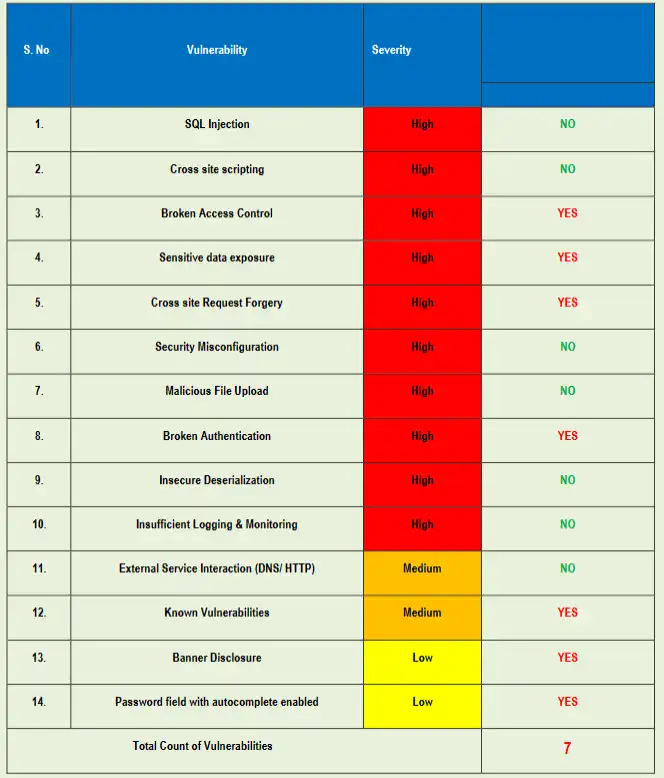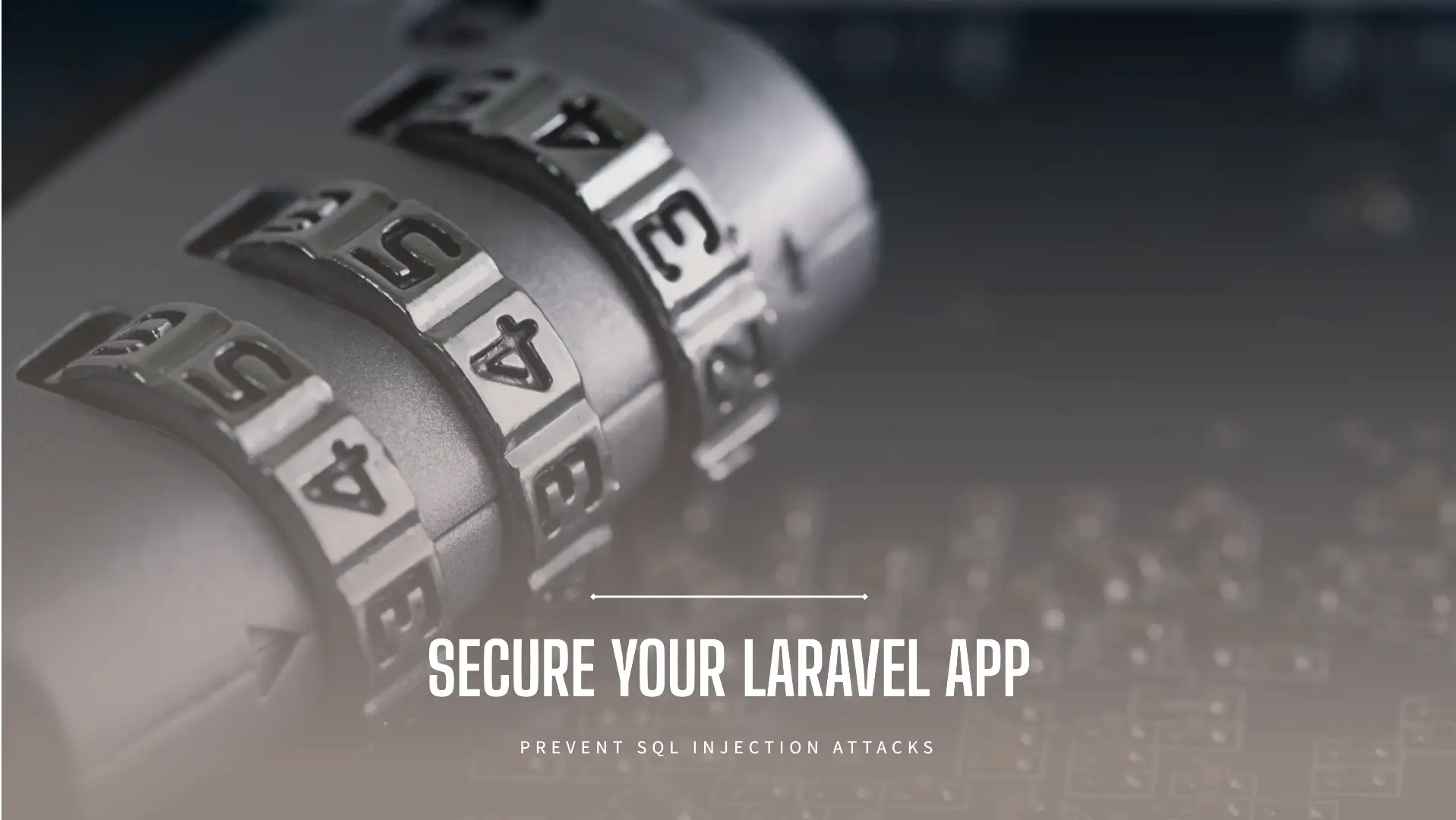🔒 Top 10 Fixes for Weak SSL/TLS Configuration in Laravel
Introduction
Laravel is one of the most popular PHP frameworks, widely used for web application development. However, a weak SSL TLS configuration in Laravel can expose even well-coded applications to severe security risks, including man-in-the-middle (MITM) attacks, data breaches, and downgrade exploits.
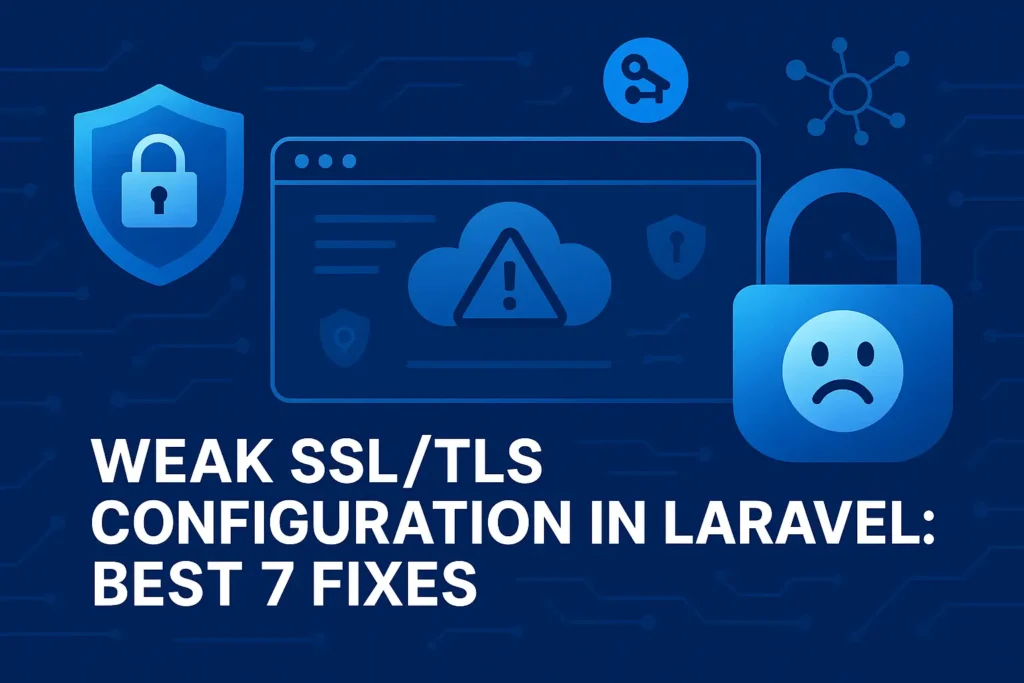
This blog will walk you through the top 10 ways to fix weak SSL/TLS configuration in Laravel, complete with real-world code examples, screenshots, and a bonus section on our new Web App Penetration Testing Service.
🛡️ What is a Weak SSL/TLS Configuration?
SSL (Secure Sockets Layer) and TLS (Transport Layer Security) are cryptographic protocols that secure communication over the internet. When improperly configured in Laravel, attackers can exploit:
- Deprecated protocols like SSLv3 or TLS 1.0
- Weak cipher suites
- Self-signed certificates
- Insecure redirects
- Incomplete HSTS policies
📉 Why is Weak SSL TLS Configuration in Laravel Dangerous?
- Data Interception – Unencrypted data can be sniffed by attackers.
- Spoofing – Without validation, malicious actors can impersonate your server.
- SEO Penalty – Search engines lower rankings for insecure sites.
- Trust Issues – Browsers warn users about insecure connections.
✅ Step-by-Step Laravel Fixes with Code Examples
Let’s get straight into it. Here’s how to fix weak SSL/TLS configuration in Laravel.
1. Force HTTPS Using Middleware
Laravel provides a built-in middleware to redirect all HTTP traffic to HTTPS.
// In App\Http\Middleware\RedirectToHttps.php
public function handle($request, Closure $next)
{
if (!$request->secure()) {
return redirect()->secure($request->getRequestUri());
}
return $next($request);
}Then, register the middleware in app/Http/Kernel.php.
protected $middleware = [
\App\Http\Middleware\RedirectToHttps::class,
];💡 This prevents downgrade attacks and ensures all connections are encrypted.
2. Use HSTS Headers
HSTS (HTTP Strict Transport Security) forces browsers to use HTTPS. Add it in Laravel using middleware:
public function handle($request, Closure $next)
{
$response = $next($request);
$response->headers->set('Strict-Transport-Security', 'max-age=31536000; includeSubDomains; preload');
return $response;
}3. Disable Old SSL/TLS Protocols on Server
Update your Nginx or Apache config:
Nginx example:
ssl_protocols TLSv1.2 TLSv1.3;
ssl_prefer_server_ciphers on;
ssl_ciphers 'ECDHE-ECDSA-AES256-GCM-SHA384:ECDHE-RSA-AES256-GCM-SHA384';Apache example:
SSLProtocol all -SSLv2 -SSLv3 -TLSv1 -TLSv1.1
SSLCipherSuite HIGH:!aNULL:!MD54. Use Valid SSL Certificates
Use certificates from trusted providers like Let’s Encrypt or Cloudflare.
sudo certbot --nginx -d yourdomain.com -d www.yourdomain.com5. Verify HTTPS in Laravel Configuration
Ensure your .env file and config/app.php recognize secure URLs.
APP_URL=https://yourdomain.com'url' => env('APP_URL', 'https://yourdomain.com'),6. Use Laravel’s TrustProxies
Laravel doesn’t trust proxies by default, which may cause HTTPS detection issues.
Install the middleware:
use Illuminate\Http\Request;
use Fideloper\Proxy\TrustProxies;
class AppServiceProvider extends ServiceProvider
{
protected $proxies = '*';
}7. Secure Cookies
Update your session configuration in config/session.php:
'secure' => env('SESSION_SECURE_COOKIE', true),Set in .env:
SESSION_SECURE_COOKIE=true8. Enable CSP and XSS Protection
These aren’t SSL-related directly, but go hand-in-hand with secure transmission.
public function handle($request, Closure $next)
{
$response = $next($request);
$response->headers->set('Content-Security-Policy', "default-src 'self'");
$response->headers->set('X-XSS-Protection', '1; mode=block');
return $response;
}9. Test Your Laravel App’s SSL/TLS Security
Take a screenshot of the results after testing your app with our free vulnerability assessment tool:
📸 Screenshot 1 – PentestTesting Website Vulnerability Scanner Tool Landing Page
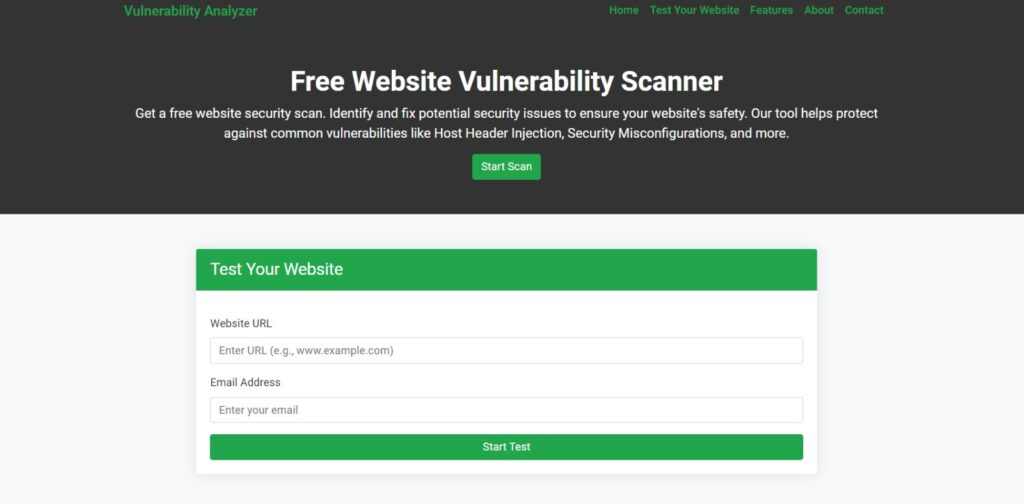
📸 Screenshot 2 – Website Vulnerability Assessment Report Sample
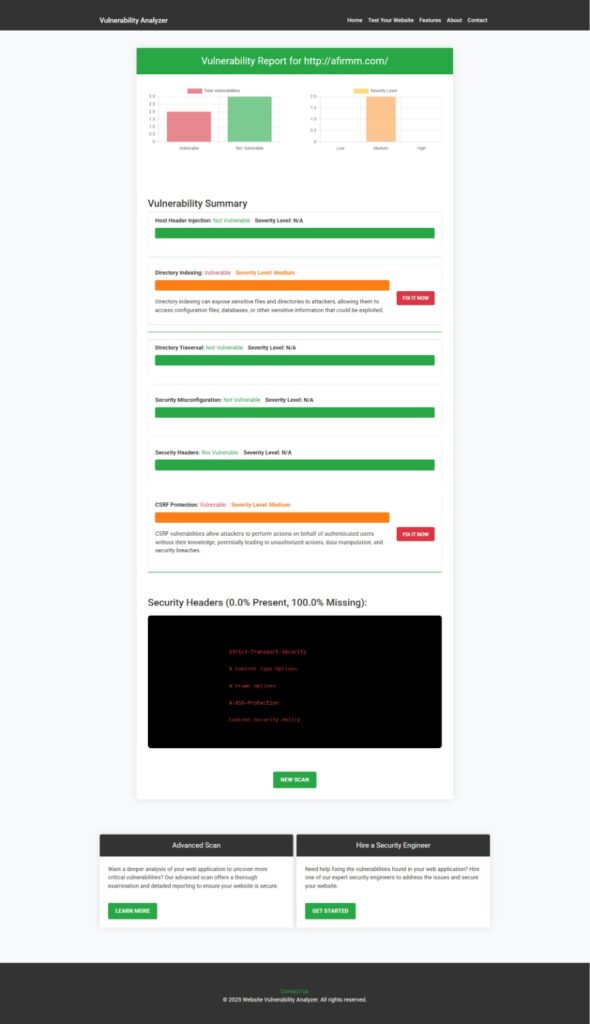
These visual examples demonstrate how your Laravel app ranks in terms of SSL/TLS strength. Users can easily identify weak SSL/TLS configuration in Laravel and fix it fast using our tool.
10. Regular Penetration Testing
Even the best configuration might degrade over time. Automate regular checks.
Explore our Web App Penetration Testing Services for detailed assessments that go beyond automated scanners.
🔗 Useful Links to Secure Laravel & Frontend
For more Laravel and web security content, check out these related blog posts:
- Stop Session Fixation in Laravel
- Insecure Deserialization in Laravel
- CORS Misconfigurations in Laravel
- Clickjacking Prevention in React JS
- 10 Essential Steps to Secure Your Website
🚀 Boost Security with Our Penetration Testing Service
Looking to take your Laravel app security to the next level?
We offer professional, manual and automated testing through our Web App Penetration Testing Services. Our service covers:
- TLS/SSL configuration review
- Authentication & session testing
- Input/output validation
- Business logic testing
We include a detailed report with prioritized findings, screenshots, and remediation steps tailored to Laravel applications.
🔍 Final Thoughts
Fixing a weak SSL/TLS configuration in Laravel is not just about checking boxes — it’s about maintaining user trust, SEO rankings, and application integrity. With the proper configurations and tools, your Laravel application can easily pass modern security audits.
